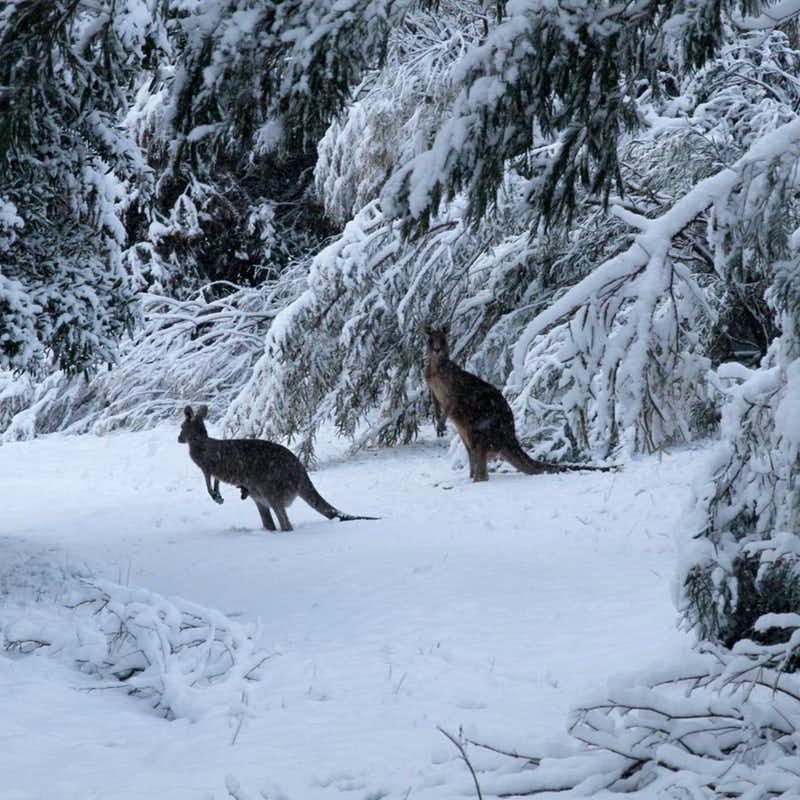Learn About the Most Scenic and Snow-Covered Destinations In Australia
Learn About the Most Scenic and Snow-Covered Destinations In Australia
Blog Article
Discover the Fascinating Results of Snow in Australia on Regional Ecological Communities
Regardless of its reputation for sun-soaked landscapes, Australia additionally flaunts regions blanketed by snow-- a phenomenon that profoundly influences the country's one-of-a-kind ecological communities. The insulating residential or commercial properties of snows safeguard vegetation and fauna amidst the chilliest winters, while the melting snow supports rivers and aquatic life. Nonetheless, the real wonder depend on just how these icy conditions shape the nation's biodiversity and nutrient cycles. As we untangle this elaborate relationship, we locate ourselves stepping on uncharted premises in Australia's high country.
The Unexpected Regions of Snowfall in Australia
Although Australia is commonly related to sandy beaches and sun-scorched landscapes, certain areas surprisingly experience snowfall. The high country regions of New South Wales, Victoria, and Tasmania are specifically recognized for their winter snow. The Snowy Mountains in NSW, as an example, obtain bountiful seasonal snow, providing a raw comparison to the country's common warm, dry environment. The Victorian Alps and components of Tasmania likewise see annual snowfalls, transforming the landscape into a winter season heaven. These locations are not just anomalies but essential components of Australia's varied environment system. The presence of snow in these regions substantially influences local ecosystems, subsequently influencing the nation's special biodiversity. The particular impact on Australia's unique plants will be discussed in the following area.

Just How Snow Impacts Australia's Distinct Flora
These plants have actually developed to survive in severe problems, with snow serving as a protective covering from freezing temperatures and extreme winds. The snow additionally contributes to the wetness material of the soil, providing necessary hydration for plant life throughout the completely dry summer season months. In essence, the snow affects the timing of flowering and seed dispersal, the growth prices, and the survival of numerous plant varieties, showcasing the elaborate interplay between climate and plants in Australia.

The Adaptations of Australian Animal to Snowfall
Simply as Australia's plants has adapted to the wintery problems, the neighborhood fauna too, show impressive adjustments to the snowfall. Types like the Mountain Pygmy-possum, the only Australian marsupial recognized to hibernate, have developed methods to endure in snowy atmospheres. It uses the snow as insulation, hibernating in rock gaps underneath the snow to stay cozy. Likewise, the Snow Skink, a types of reptile, transforms its colour to white during winter, giving camouflage against predators. Birds such as the Snowy Hills' Crimson Rosella likewise readjust their diet plans to take in readily available food resources throughout chillier periods. Thus, in spite of the harsh problems, Australian fauna shows a adaptive and resilient nature, ensuring their survival in areas experiencing snowfall.
The Role of Snow in Forming Regional Communities
In forming the regional environments, the duty of snow in Australia is both multilayered and profound. Snow gives a critical water source, feeding rivers and tanks as it thaws, therefore supporting a selection of aquatic life forms. The visibility of snow forms the vegetation patterns, animal actions, and general sustainability of Australia's one-of-a-kind ecosystems.

The Future of Snowfall in Australia: Ramifications and forecasts

Given the crucial duty snow plays in shaping neighborhood communities, the future of snowfall in Australia is attracting increasing attention from researchers and conservationists. Present climate versions forecast a substantial decrease in snowfall due to international warming, with potentially extensive influences on regional ecological communities. see here now Much less snow could result in minimized water availability in alpine areas, official statement negatively affecting wildlife environments and plant life. In addition, it can alter the timing of seasonal modifications, interrupting the life cycles of numerous native species. The tourist industry, greatly dependent on the winter season snow period, may also deal with considerable obstacles. Comprehending these predictions and their effects is crucial to establish reliable preservation methods, making certain the preservation of Australia's one-of-a-kind biodiversity and the sustainability of its economic climate.
Conclusion
The duty of snow in Australia's communities is pivotal yet frequently ignored. It works as a guard, a nurturer, and a shaper of diverse towering types, adding to the splendor of Australia's high nation. As weather patterns continue to shift, comprehending the ramifications and possible transformations of these snow-influenced ecosystems is important. Therefore, the snow in Australia is greater than an all-natural phenomenon; it's a vital player in the country's environmental story.
Regardless of i was reading this its credibility for sun-soaked landscapes, Australia also flaunts areas buried by snow-- a phenomenon that profoundly influences the nation's special ecosystems. It makes use of the snow as insulation, hibernating in rock crevices under the snow to remain cozy - Does Australia Get Snow.In shaping the neighborhood environments, the role of snow in Australia is both multilayered and profound. The presence of snow forms the vegetation patterns, animal habits, and general sustainability of Australia's special environments
Given the important role snow plays in forming regional ecological communities, the future of snowfall in Australia is attracting increasing focus from researchers and conservationists.
Report this page